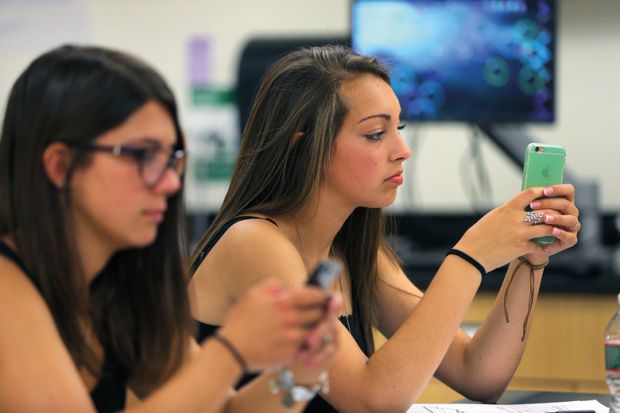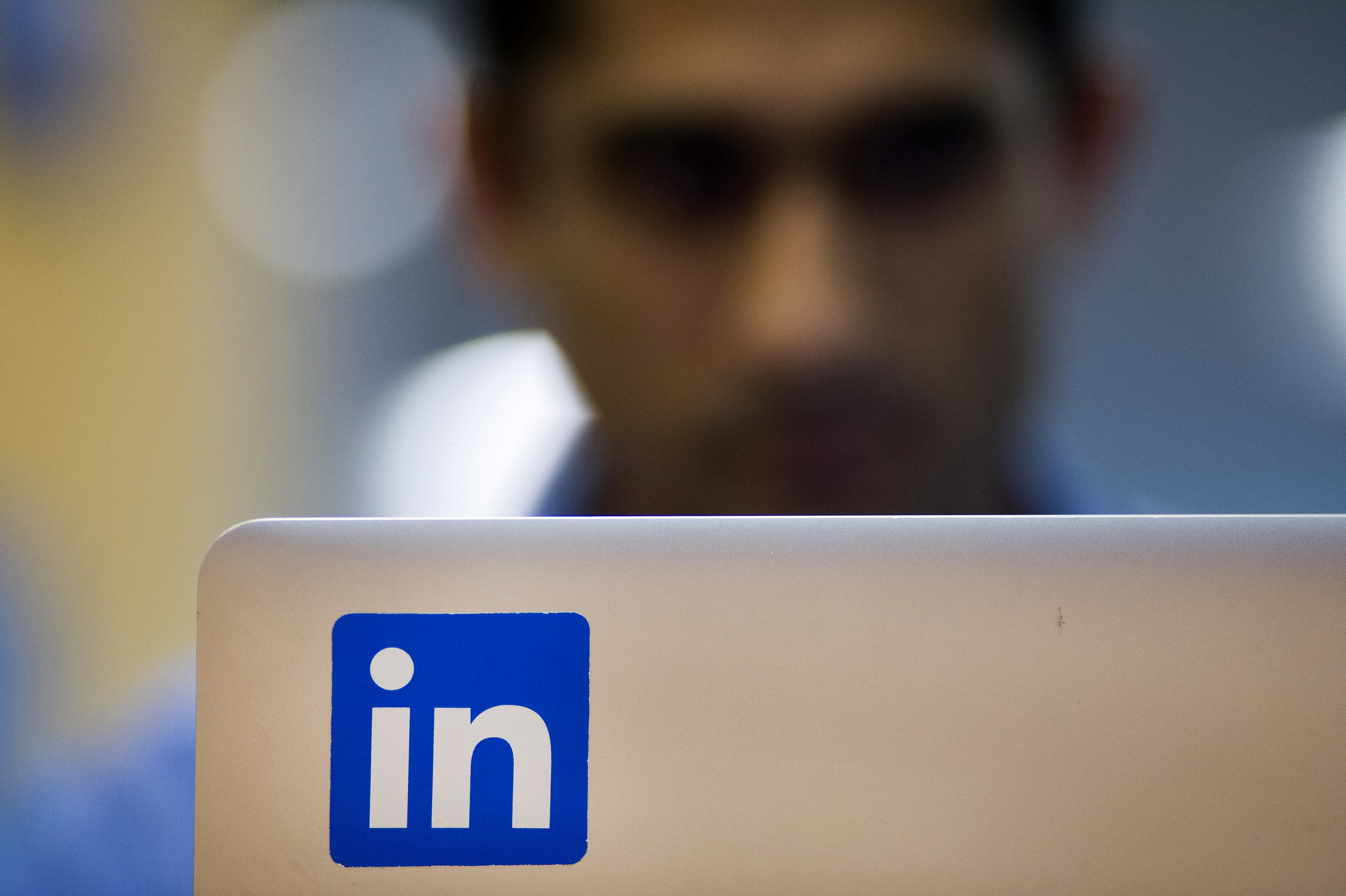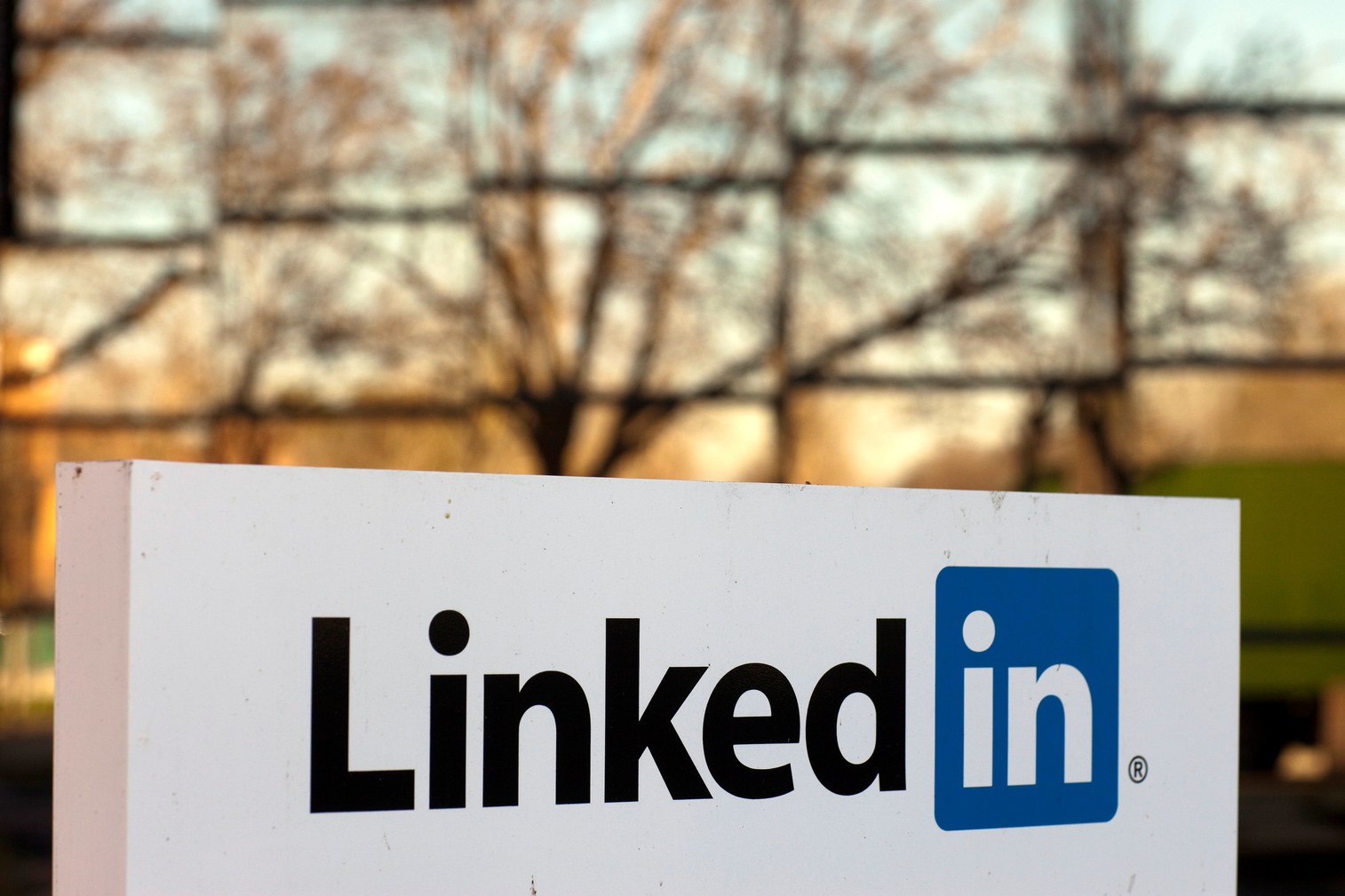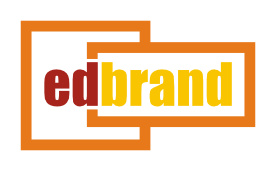
Blog posts on college admissions by Arjun Seth

9 Social Media Tips for Students
Whether you're applying to college or graduating from one, here are 9 social media tips that are imperative to go through as your navigate through the next stage of your life.

How to make a stellar LinkedIn account
Learn how to make an all-star LinkedIn profile and stand out amongst the crowd!

Why you should have a LinkedIn Account
Learn how you can increase your visibility on the web through the largest professional social networking sites in the world.

